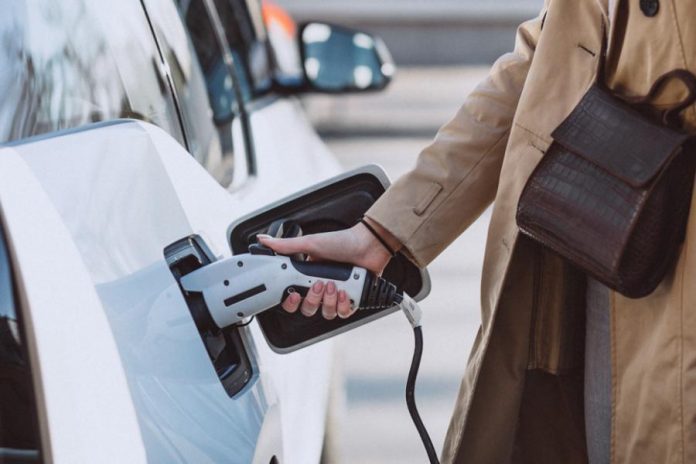According to a new analysis from the American Lung Association, if gas-guzzlers vanished from U.S. car lots by 2035 and were replaced by zero-emissions vehicles, like electric cars, trucks, and SUVs, the U.S. would see 89,300 fewer premature deaths by 2050. To reap the full health benefits, however, the nation must shift toward clean non-combustion electricity, such as wind, solar, hydro, geothermal, and nuclear.
Analysis suggests, switching to cleaner vehicles and a cleaner power supply would also result in 2.2 million fewer asthma attacks, 10.7 million fewer missed workdays, and $978 billion in public health benefits for the U.S.
National senior director for clean air advocacy for the American Lung Association, William Barrett, said, “There are obvious benefits of zero-emission technologies.”
However, transportation is the U.S.’s leading source of air pollution and the largest carbon pollution creator that drives the climate crisis. The U.S. Environmental Protection Agency has found that exposure to pollution hurts our health; studies show that it significantly raises the risks of premature death or chronic conditions like asthma, heart problems, and even depression.
It’s important to note that the American Lung Association reported that roughly 120 million people in the U.S. live in areas with dangerous air quality. For example, low-income and minority communities are disproportionately affected by this health threat. These communities often live closer to major sources of air pollution, like major highways and power plants.
Automakers and the federal government are taking substantial steps to hasten the transition to zero-emission vehicles. For example, the Biden administration has been pushing for tighter car emissions standards and more aggressive limitations on pollution from the energy sector to cut pollution on two fronts.
Furthermore, according to Barrett, seven states, including California, have passed laws requiring zero-emission new passenger vehicle sales by 2035, and more are considering doing the same. More than 15 states have added new state-level car regulations.
Additionally, many automakers are attempting to produce cleaner vehicles. More alternatives are available, and battery capacity and range have significantly increased. These improvements are projected to continue. Over the next decade, most of the major automakers want to release dozens of new models, and they are investing billions in the construction of factories for making batteries and other electric vehicle advances.



